Perennial pepperweed identification and control
Information about the noxious weed perennial pepperweed. Perennial pepperweed is also known by its Latin name, Lepidium latifolium.
About this weed
Perennial pepperweed is a regulated Class B noxious weed. This means control is required in King County under the state noxious weed law.
Perennial pepperweed, known as Lepidium latifolium, is in the mustard family. Other common names include whitetop, tall whitetop, perennial peppercress, and broadleafed pepperweed.
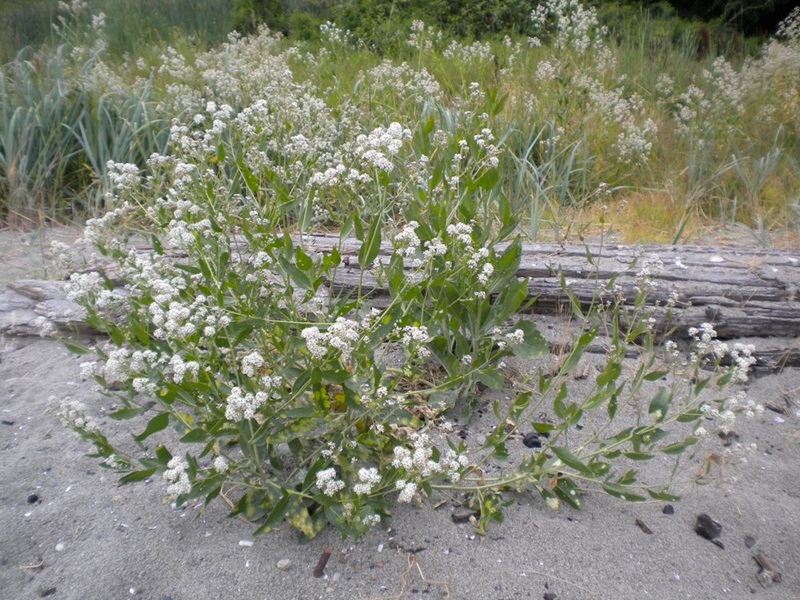
Why it's a problem
Perennial pepperweed spreads quickly to form dense patches. Accumulation of semi-woody stems degrades nesting habitat for wildlife.
It crowds out forage grasses in pastures and rangelands. It also reduces crop yields and pasture productivity, especially in hay meadows.
Perennial pepperweed acts as a ‘salt pump’ by bringing salts from deep in the soil up to the surface. This discourages other plants from establishing since not many plants grow as well in salty conditions.
Plant description
Perennial pepperweed takes 2 years to mature. First year plants are closer to the ground and leaves are arranged circularly (in rosettes) and stand mostly upright.
In its second year, main flowering stem(s) appear, 1 to 5 feet tall. Multiple stems come from a woody base. Waxy leaves are bright green to gray-green and hairless with an obvious, whitish midvein. Leaves are attached by a long stalk; they are narrow and have smooth or toothed margins.
In the summer, the entire top of the plant blooms forming a bright, white dome of thousands of little flowers. Flowers are small and white. They grow in dense, rounded clusters at branch tips.
One plant produces many tiny seeds. While seeds don’t survive long, they are known to have a high rate of plant production (germination).
Roots are deep and spread far and wide from a woody crown.
Perennial pepperweed plants spread via seeds, rhizomes (sideways spreading root system), and root fragments.
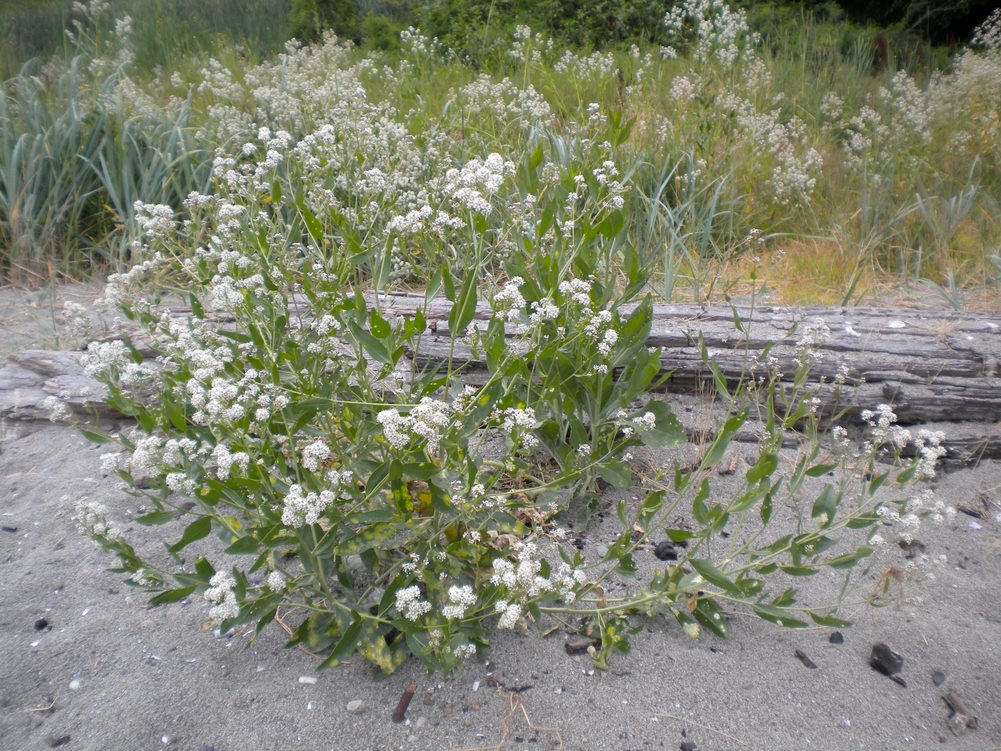
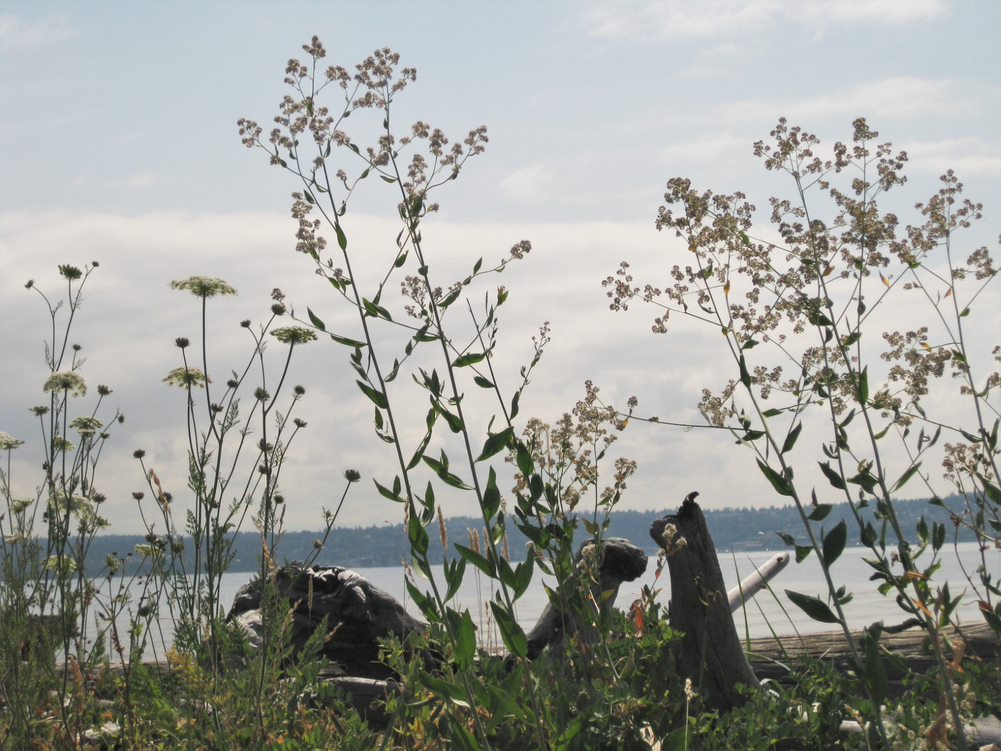
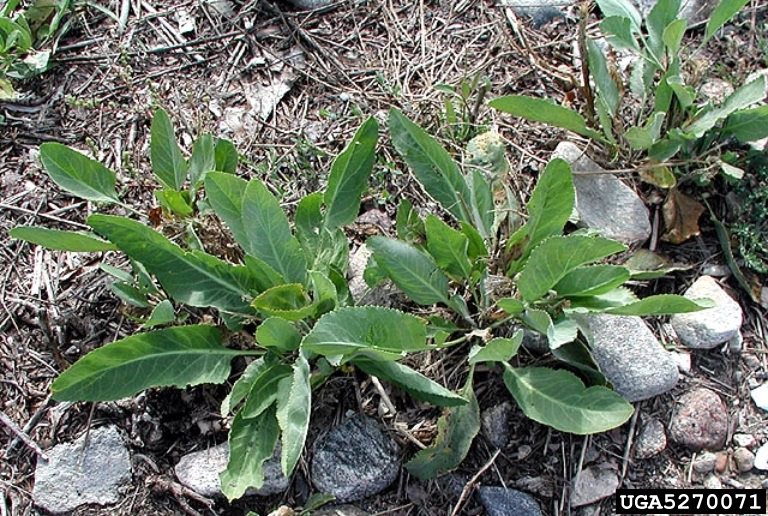
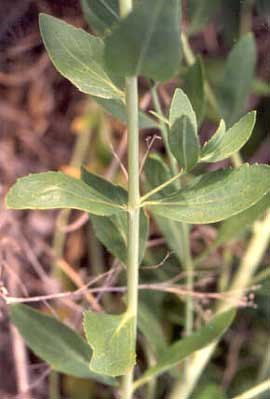

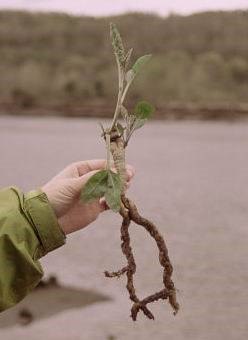
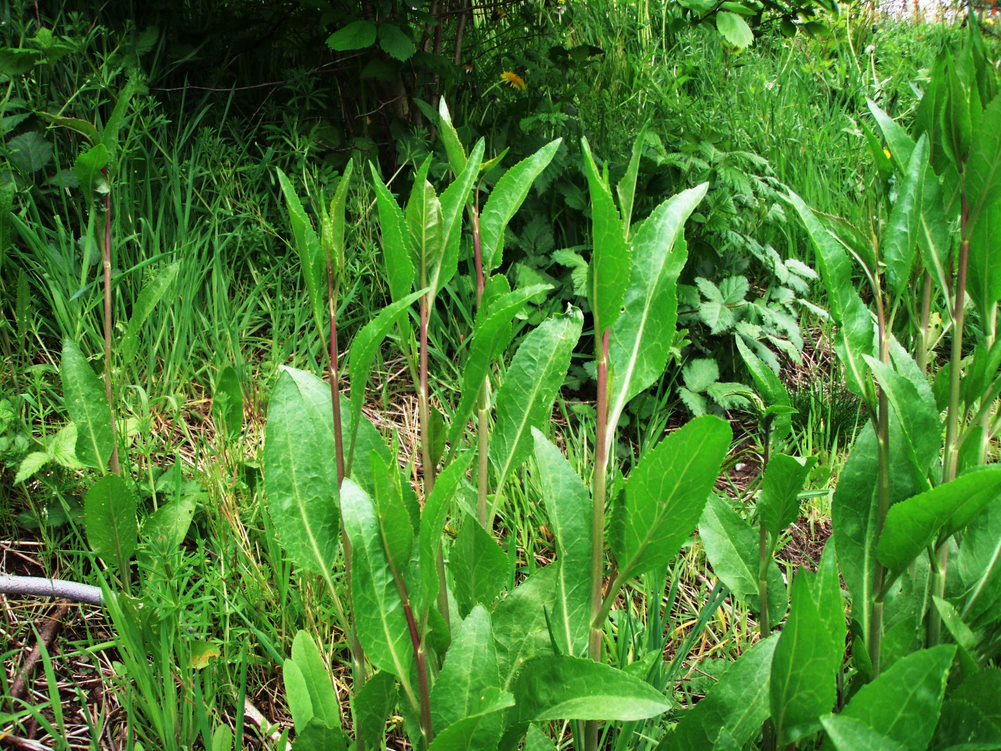
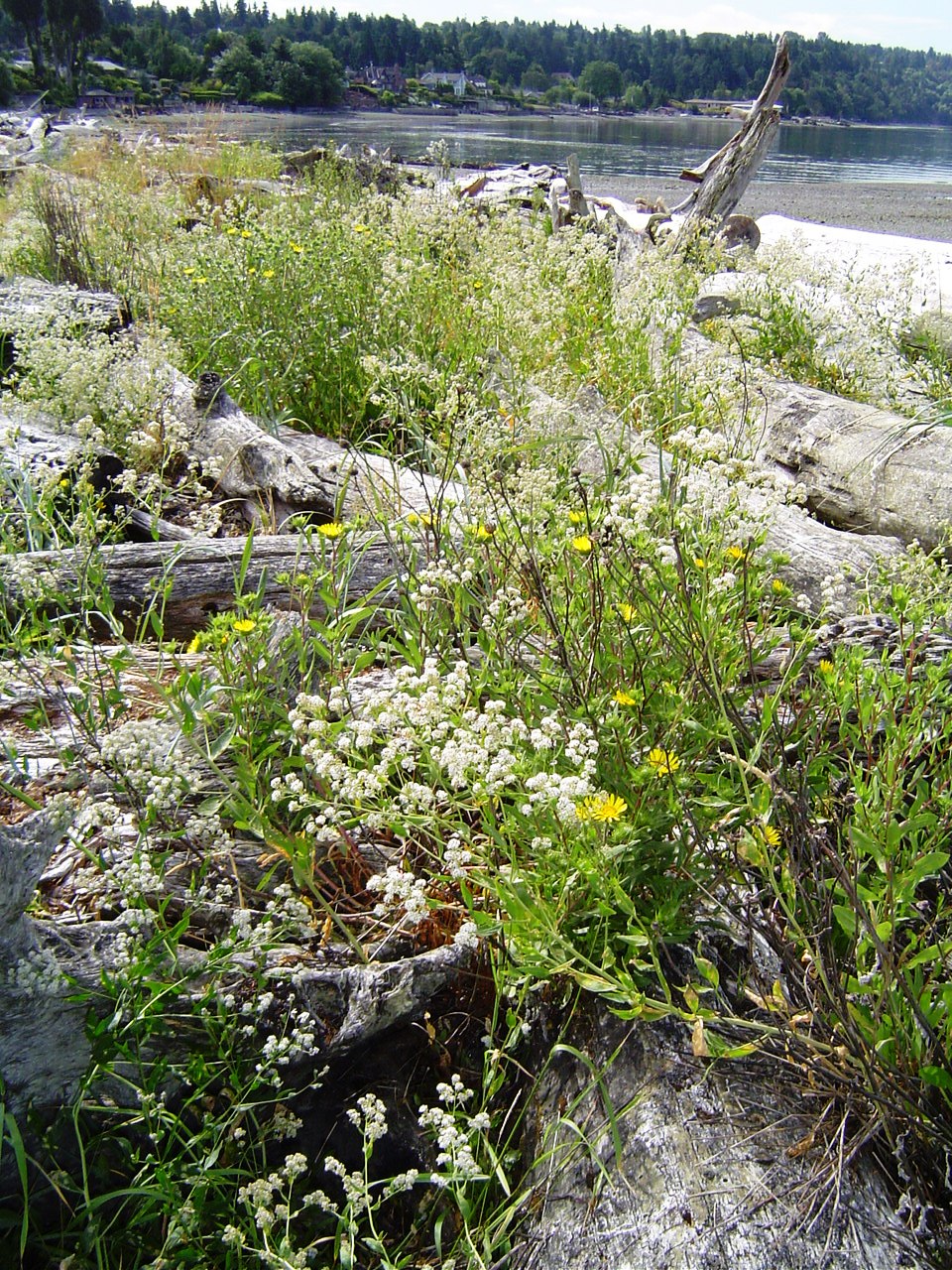
Be aware of look-alike plants
Perennial pepperweed is often confused with:
Hoary Cress Hairy Whitetop Puget Sound Gumweed
When in doubt, take photos and share them with us or report them on iNaturalist.
What to do if you find it
Property owners are required to control perennial pepperweed on their property. Because perennial pepperweed is not widespread in King County, we have an opportunity to stop it from spreading if we act quickly.
Please notify us if you see this plant growing in King County. Our program staff can provide you with site-specific advice on how best to remove it.
We map all known locations of regulated noxious weeds to help locate new infestations in time to control them.
Control methods
We recommend using a combination of methods to control noxious weeds. In areas with few weeds, it is important to act quickly before they become harder to control. Make a long-term plan as it often takes several years to get rid of most weeds. Start in the least infested areas first and then move into more heavily infested areas.
Manual control
New and very small patches can be hand-pulled but this species has a huge root system that is difficult to remove once established. Plants can grow back from root fragments.
Mechanical control
Mowing or cutting alone is not effective. Plants will only be gone temporarily and may come back even worse. A more effective method is to mow first and then, when plants start to grow back, apply herbicide to the resprouting plants.
Chemical control
Stay safe when using herbicide:
- Always read the label before use.
- Wear a long-sleeved shirt, long pants, shoes, and eye protection.
- Follow state and local regulations.
Larger patches most likely will need herbicide treatments to be effective. In general, foliar broadleaf herbicide is most effective before flowers appear, and best before buds appear. Imazapyr is effective at the bud stage, and glyphosate can work at the flower stage.
See the PNW Pest Management Handbook for the most up to date and specific method for chemical control of perennial pepperweed.
Avoid spraying where there is a chance that herbicide will enter a waterway or wetland unless you are using a state-approved aquatic herbicide and have the required permits and licenses to do so. Use of pesticides in water is regulated in Washington state. See Washington Department of Ecology Aquatic Pesticide Permits for details.
For more information or a site-specific recommendation in King County, contact the noxious weed program. For information in other locations, contact your local weed board or extension office.
Disposal instructions
If the plant is flowering or in seed, dispose of all plant parts in the garbage. If the plant is seeding, be very careful not to spread seeds.
Dispose of all non-flowering and non-seeding plant parts in municipal compost or yard waste. Plants may re-root in an at-home compost if it doesn’t get hot enough to completely compost the tough roots and stems.
Noxious Weed Disposal - Washington State Noxious Weed Control Board

 Translate
Translate